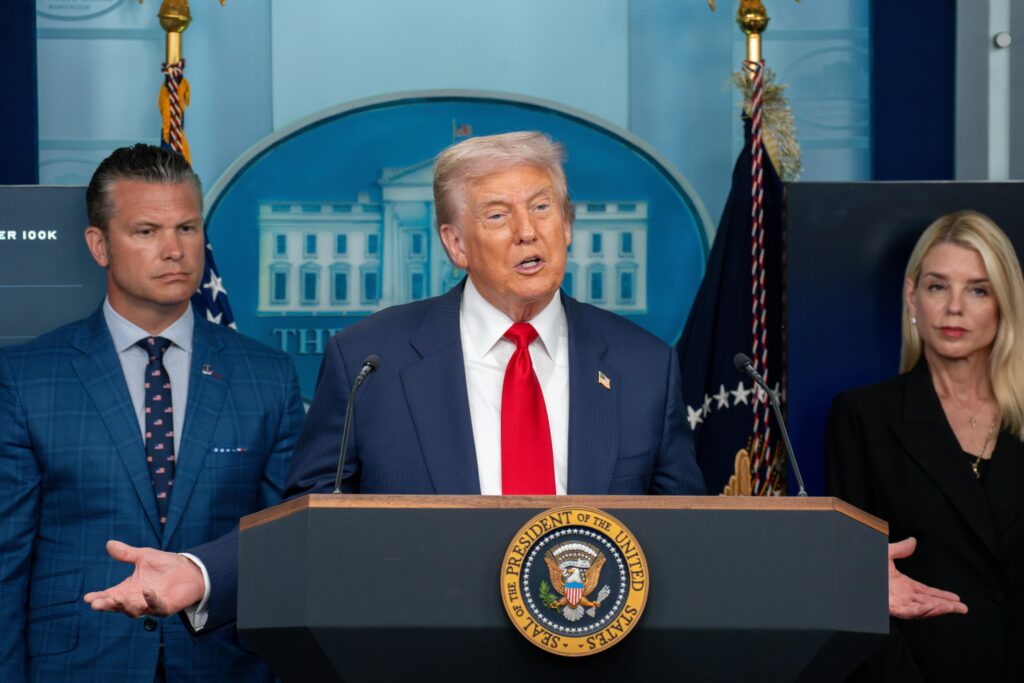A sudden phone call between US President Donald Trump and Russian President Vladimir Putin on Thursday has unsettled Ukraine’s leadership. The two leaders agreed to meet soon to discuss the war, catching Kyiv completely off guard.
The news came amid another fierce wave of Russian strikes. Over a single day, Russia fired dozens of missiles and launched more than 300 drones across Ukraine. Civilian infrastructure once again bore the brunt, damaging gas pipelines as cold weather looms. Widespread power cuts have followed, plunging towns into darkness as the electrical grid struggles to cope.
Moscow’s attacks reveal weakness beneath the surface
For Ukrainian officials, the bombardment is a sign of Russian frustration. The frontlines remain stuck, with both sides paying a huge human price for tiny territorial gains. At the same time, Ukraine’s drone assaults on Russian oil depots are hitting the Kremlin’s economy hard.
President Volodymyr Zelensky had pinned his hopes on securing fresh American weapons to sustain that pressure. Before his flight to Washington, he sounded confident. He even suggested that Trump was beginning to see the war from Ukraine’s perspective—a sharp contrast to February’s tense Oval Office clash, when Trump accused him of “gambling with World War Three.”
The high hopes for Tomahawk missiles
After the failed Trump-Putin meeting in Alaska and Russia’s escalating air campaign, Kyiv believed Trump’s patience with Putin was fading. Zelensky’s team hoped Friday’s White House meeting would finally bring approval for long-range Tomahawk missiles.
Trump seemed ready to act tough when he told reporters, “Do they want Tomahawks going in their direction? I don’t think so.” Yet experts remain divided over their impact. Complex logistics could delay deployment for months, even if approved.
Still, Tomahawks would give Ukraine the ability to strike deeper inside Russia than ever before. They would also send a clear message that Washington’s loyalties were shifting toward Kyiv.
A midair twist in Zelensky’s big moment
The two-and-a-half-hour Trump-Putin call took place while Zelensky was flying to Washington. The timing stole the spotlight from his long-anticipated visit. Still, Zelensky kept his composure. Upon landing, he wrote that Russia was “rushing to renew dialogue” because of the growing discussion about Tomahawks.
Many analysts, however, saw something different. The Kremlin said Russia had requested the call. Putin warned Trump that sending Tomahawks would be seen as a major provocation. The two leaders also discussed what Moscow called “colossal prospects” for trade if peace could be achieved.
They agreed to meet in Hungary within two weeks. Trump later described the call as “very productive.”
Ukraine braces for another hard winter
As the war enters its fourth winter, few Ukrainians believe Trump can deliver peace. One woman, wounded in a Russian attack on a train carriage, summed up the national mood from her hospital bed: “A person like Putin can’t be trusted.”
After touching down in Washington, Zelensky met with US defense companies producing the weapons Ukraine needs most. He still plans to ask for the Tomahawks, though his chances appear smaller than before the call.
The familiar rhythm of retreat
Each time Trump grows frustrated with Putin, the Russian president manages to win him back. A single phone conversation often resets the tone, softening Trump’s stance and delaying tougher measures.
The planned Hungary summit, announced without any clear concessions, suggests Washington’s patience remains intact. For now, Ukraine’s dream of long-range missiles drifts further away. Instead of the military boost he expected, Zelensky faces a new diplomatic setback—one shaped not by firepower, but by politics.


